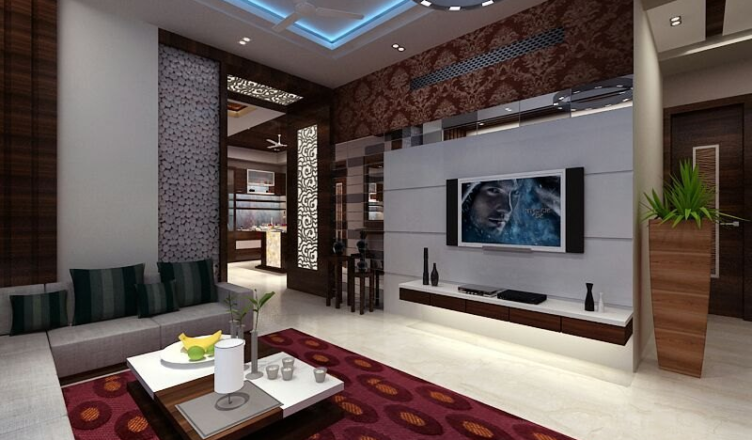Interior design is a captivating art form that transforms empty spaces into personalized havens, imbuing them with beauty, functionality, and a sense of identity. It is a meticulous process that combines creativity, technical expertise, and an understanding of human psychology. The realm of interior design is vast, encompassing various styles, trends, and innovations. In this article, we will explore the multifaceted world of interior design, uncovering its significance, principles, and the transformative power it holds.
The Essence of Interior Design:
Interior design is more than just selecting furniture or arranging decorative elements. It is a holistic approach that breathes life into spaces, making them functional, aesthetically pleasing, and reflective of the people who inhabit them. Every design decision, from color choices to furniture placement, plays a vital role in creating an environment that enhances well-being and promotes a sense of belonging.
Unveiling the Principles:
Interior design is guided by a set of principles that form the foundation of every successful project. These principles include balance, proportion, harmony, rhythm, emphasis, and unity. Balance ensures that visual weight is distributed evenly throughout a space, while proportion maintains a sense of scale and harmony between elements. Rhythm adds a dynamic flow to the design, while emphasis highlights focal points and creates visual interest. Unity ties everything together, creating a cohesive and unified environment.
The Impact of Color and Texture:
Color and texture have a profound impact on the ambiance of a space. The strategic use of color can evoke various emotions and influence our mood, productivity, and overall well-being. Warm colors like red and orange promote energy and passion, while cool colors such as blue and green foster tranquility and relaxation. Texture, on the other hand, adds depth and tactile interest, transforming a flat surface into a rich and engaging experience.
The Fusion of Functionality and Style:
Interior design is not just about aesthetics; it is equally focused on functionality. A well-designed space should seamlessly integrate practicality with style. It involves analyzing the needs and habits of the occupants, optimizing space utilization, and ensuring that the design accommodates their lifestyle. From ergonomic furniture to smart storage solutions, interior designers strive to create spaces that are both beautiful and highly functional.
Revitalizing Through Lighting:
Lighting is a powerful tool that can dramatically alter the atmosphere of a space. Natural light infuses a room with warmth, brightness, and a connection to the outside world. Artificial lighting, on the other hand, allows for precise control over illumination, enabling the creation of various moods and highlighting architectural features. A skillful combination of both types of lighting sources can enhance the overall design and improve the functionality of the space.
Sustainable Design: A Responsible Approach:
In an era of environmental consciousness, interior design is embracing sustainable practices. Designers are incorporating eco-friendly materials, energy-efficient systems, and sustainable construction methods into their projects. From utilizing reclaimed wood to installing energy-saving appliances, sustainable design not only reduces the impact on the planet but also creates healthier living environments for the occupants.
Conclusion:
Interior design is a transformative art that harmonizes spaces and enriches lives. It merges creativity, functionality, and the understanding of human behavior to create personalized, functional, and aesthetically pleasing environments. By adhering to the principles of design, embracing the power of color and texture, optimizing functionality, harnessing the potential of lighting, and adopting sustainable practices, interior designers can shape spaces that inspire, nurture, and reflect the unique identities of their occupants. So, whether it’s a cozy living room, an inviting office space, or a serene bedroom, interior design has the ability to make every space a true reflection of its inhabitants.

